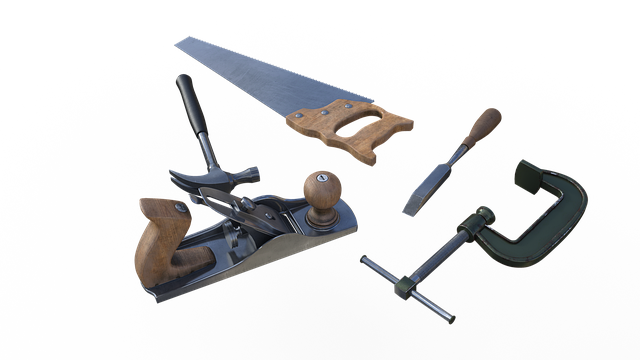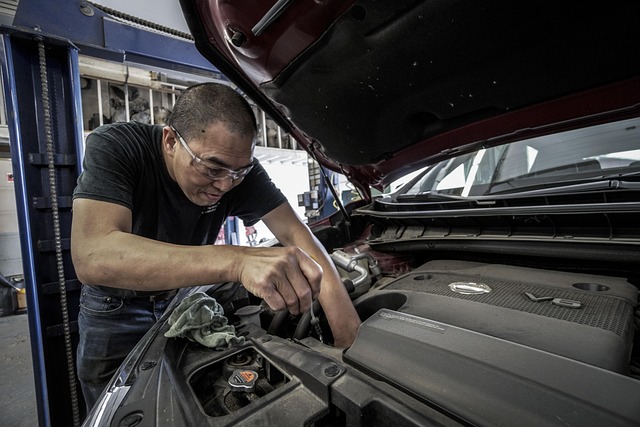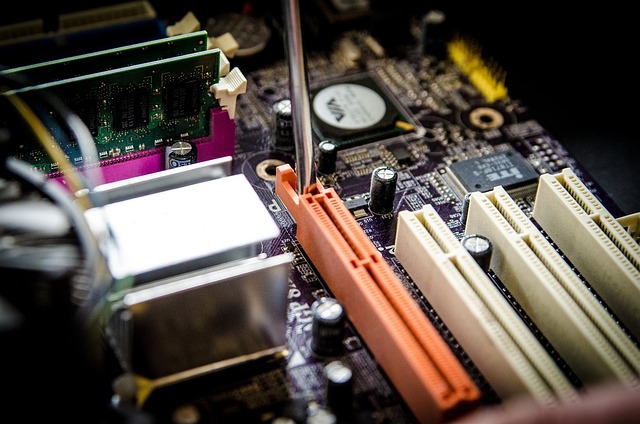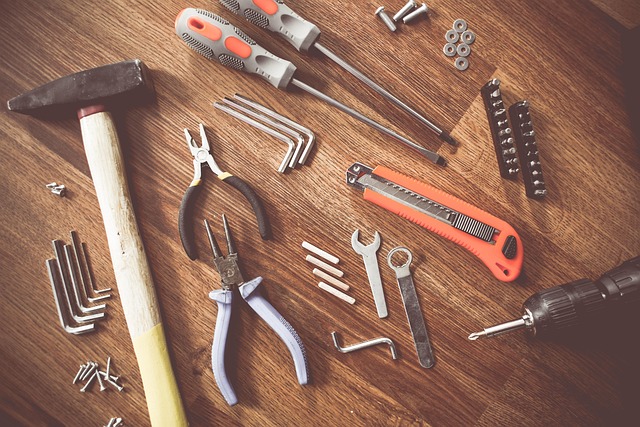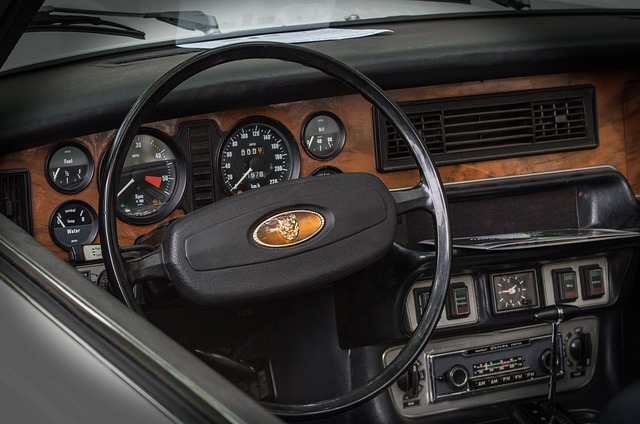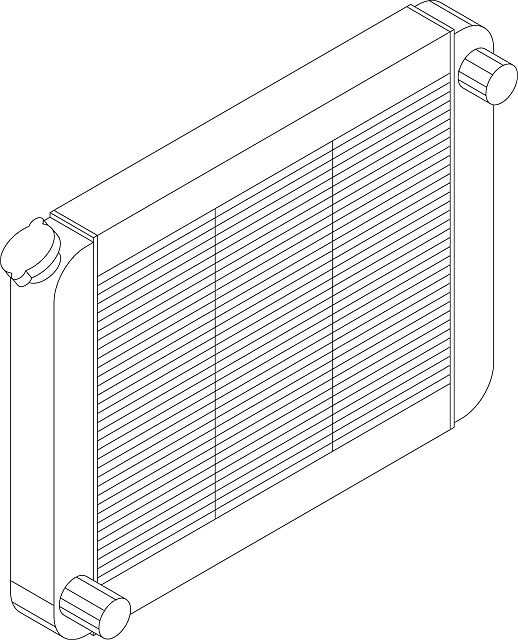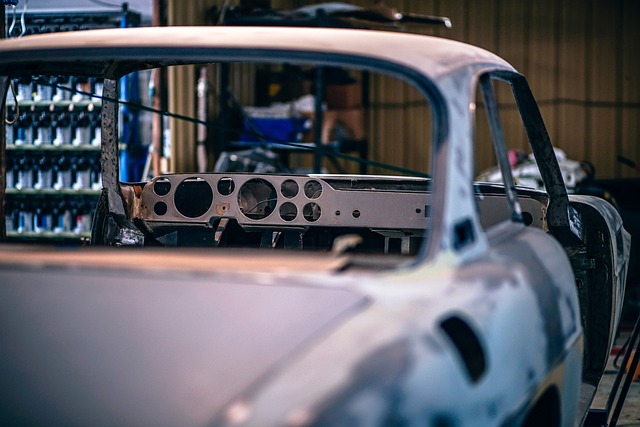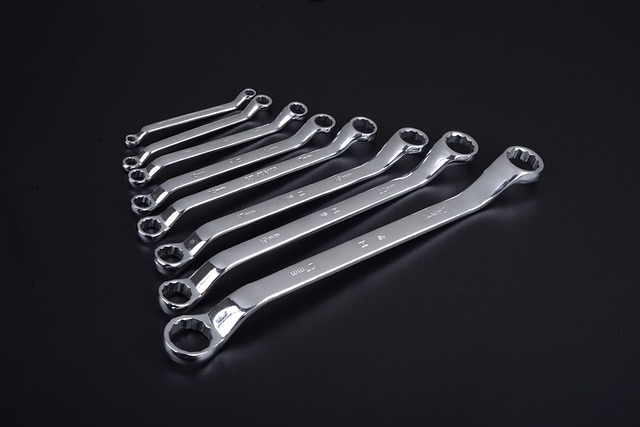Understanding and adhering to structural repair warranty eligibility criteria is crucial for homeowners to safeguard their investments. Key practices include meticulous record-keeping, regular inspections, using certified technicians and OEM parts, and proactive reporting of discrepancies. Common mistakes in filing claims involve inadequate documentation and non-authorized parts usage. Visual evidence and adherence to manufacturer guidelines are essential for eligibility, with choosing a reputable auto body shop specializing in specific vehicle needs also vital for maintaining coverage.
Ensuring your home’s structural integrity is paramount, and a structural repair warranty offers crucial protection. This guide delves into best practices for maintaining eligibility under these warranties. From understanding detailed requirements to implementing key strategies for coverage preservation, we equip homeowners with essential knowledge. Furthermore, we highlight common pitfalls to avoid when filing claims, empowering you to navigate the process seamlessly. By following these practices, you can maximize your structural repair warranty benefits and safeguard your investment.
- Understanding Structural Repair Warranty Eligibility Requirements
- Key Practices for Maintaining Warranty Coverage
- Common Mistakes to Avoid in Structural Repair Warranty Claims
Understanding Structural Repair Warranty Eligibility Requirements
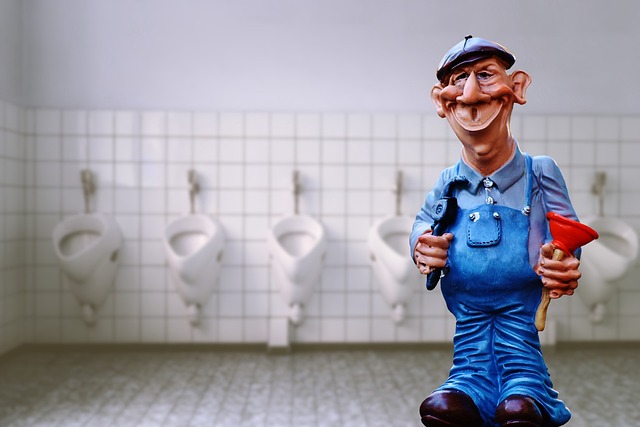
Understanding Structural Repair Warranty Eligibility Requirements
When it comes to structural repairs, whether it’s a roof leak, foundation settlement, or wall damage, having a solid understanding of warranty eligibility is paramount. The structural repair warranty acts as a safety net for homeowners, ensuring that any unforeseen issues stemming from the repair work are addressed without additional financial burden. However, navigating these warranties requires careful consideration of specific requirements set by both the contractor and the manufacturer.
Key among these requirements are proper installation techniques, use of approved materials, adherence to local building codes, and timely maintenance checks. For instance, in the case of auto glass repair or collision center services, ensuring structural integrity during the repair process is crucial. Similarly, regular inspections and prompt reporting of any discrepancies can significantly enhance a homeowner’s chances of maintaining warranty eligibility. This proactive approach not only protects the investment made in repairs but also ensures the longevity of the structure.
Key Practices for Maintaining Warranty Coverage
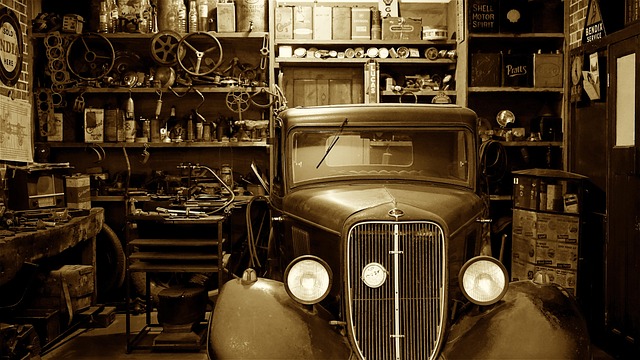
Maintaining a structural repair warranty involves adhering to key practices that ensure ongoing coverage eligibility. One of the most important practices is meticulous record-keeping. All repair work, parts used, and dates should be thoroughly documented to serve as proof of proper maintenance and adherence to warranty guidelines. Regular inspections are another vital practice. Conducting routine checks allows for early detection of any potential issues, enabling prompt resolution before they escalate and void the warranty.
Additionally, ensuring that all repairs are performed by certified technicians using original equipment manufacturer (OEM) parts is crucial for maintaining coverage. Collisions or damage to a vehicle’s body can disrupt structural integrity, so collision repair services should be handled by experts who understand the intricacies of car bodywork. Proper training and adherence to auto repair standards guarantee that repairs align with the manufacturer’s specifications, preserving the validity of the structural repair warranty.
Common Mistakes to Avoid in Structural Repair Warranty Claims

When it comes to structural repair warranty claims, homeowners often make mistakes that can jeopardize their eligibility for coverage. One of the most common errors is failing to document the issue before and after the repair. It’s crucial to take photos or videos of the problem areas and keep detailed records of any communication with the warranty provider. This visual evidence can be invaluable in supporting your claim.
Another mistake to avoid is not following the manufacturer’s guidelines or using unauthorized parts during the repair process. Always ensure that the auto body shop you choose is familiar with the specific structural repair requirements for your vehicle, whether it’s an automotive body shop specializing in car restoration or a facility tackling more complex vehicle repairs. Using genuine replacement parts and adhering to the manufacturer’s specifications will help maintain warranty eligibility.
Maintaining a structural repair warranty is essential for safeguarding against unforeseen costs and ensuring your property remains safe. By understanding the eligibility requirements, adopting key practices, and steering clear of common mistakes, you can maximize your coverage and peace of mind. Remember, proactive measures in warranty maintenance are a testament to responsible homeownership and can prevent costly repairs down the line.
